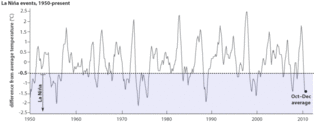
Identifying ocean areas with a deep layer of warm water—places that are storing large amounts of heat—is important for scientists trying to predict whether or not a hurricane will intensify.
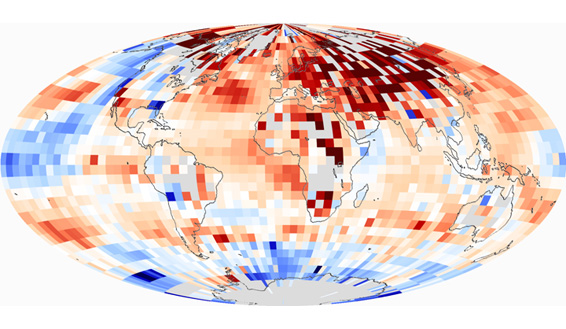
Each of the last three decades was warmer than all earlier decades in the instrumental record, and each set a new and statistically significant record, culminating in the 2000s, which was the warmest decade of all.
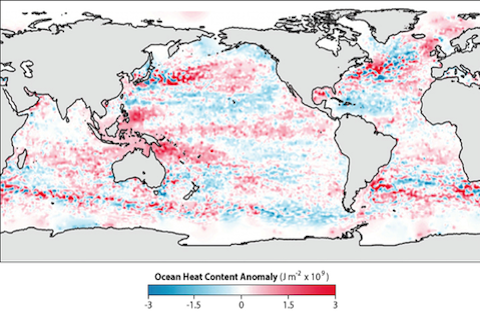
Recent studies show the world’s ocean is heating up as it absorbs most of the extra heat being added to the climate system from the build-up of heat-trapping gases in the atmosphere. This climate trend, and many others, are documented in NOAA’s newly released 2009 State of the Climate Report.
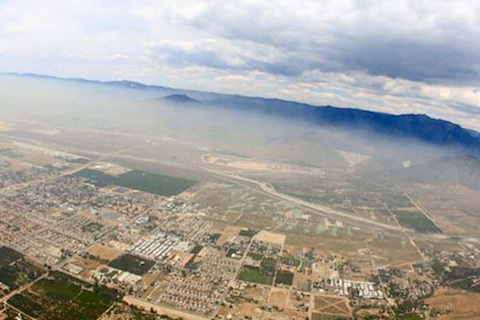
CalNex—an intense data collection campaign to characterize the complicated interactions of air quality and climate over California—used an array of instruments and platforms this spring for a close look at greenhouse gases and pollutants.
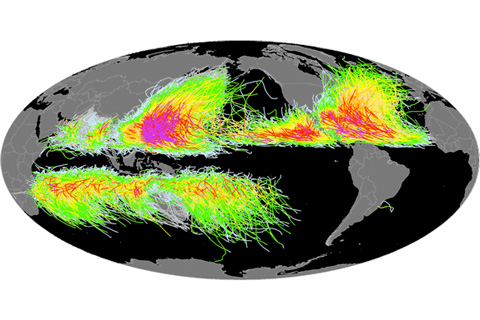
Researchers at NOAA’s National Climatic Data Center collaborate with tropical cyclone centers and scientific agencies around the world to assemble and maintain the International Best Track Archive for Climate Stewardship (IBTrACS), an inventory of tropical cyclones.
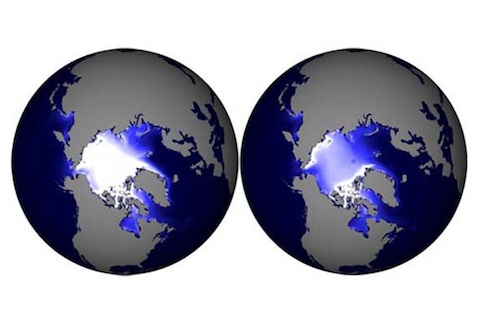
Scientists examine data from computer models to generate simulations of sea ice thickness now and three decades into the future.
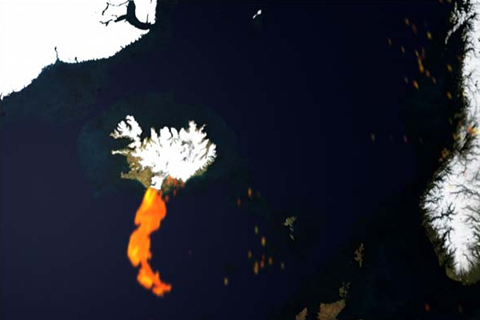
Iceland’s Eyjafjallajökull Volcano roared to life on April 14, 2010, injecting billowing clouds of steam and volcanic ash into the atmosphere.

The Global Hawk research aircraft soars to hard-to-reach areas of the atmosphere to collect samples of trace gases and chemicals. Find out just how high the Global Hawk flies.
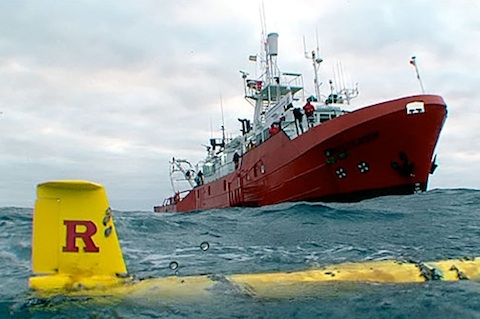
The “Scarlet Knight” becomes the first unmanned underwater glider to successfully cross the Atlantic. The technology promises to improve our understanding of the ocean and its role in climate and weather.
